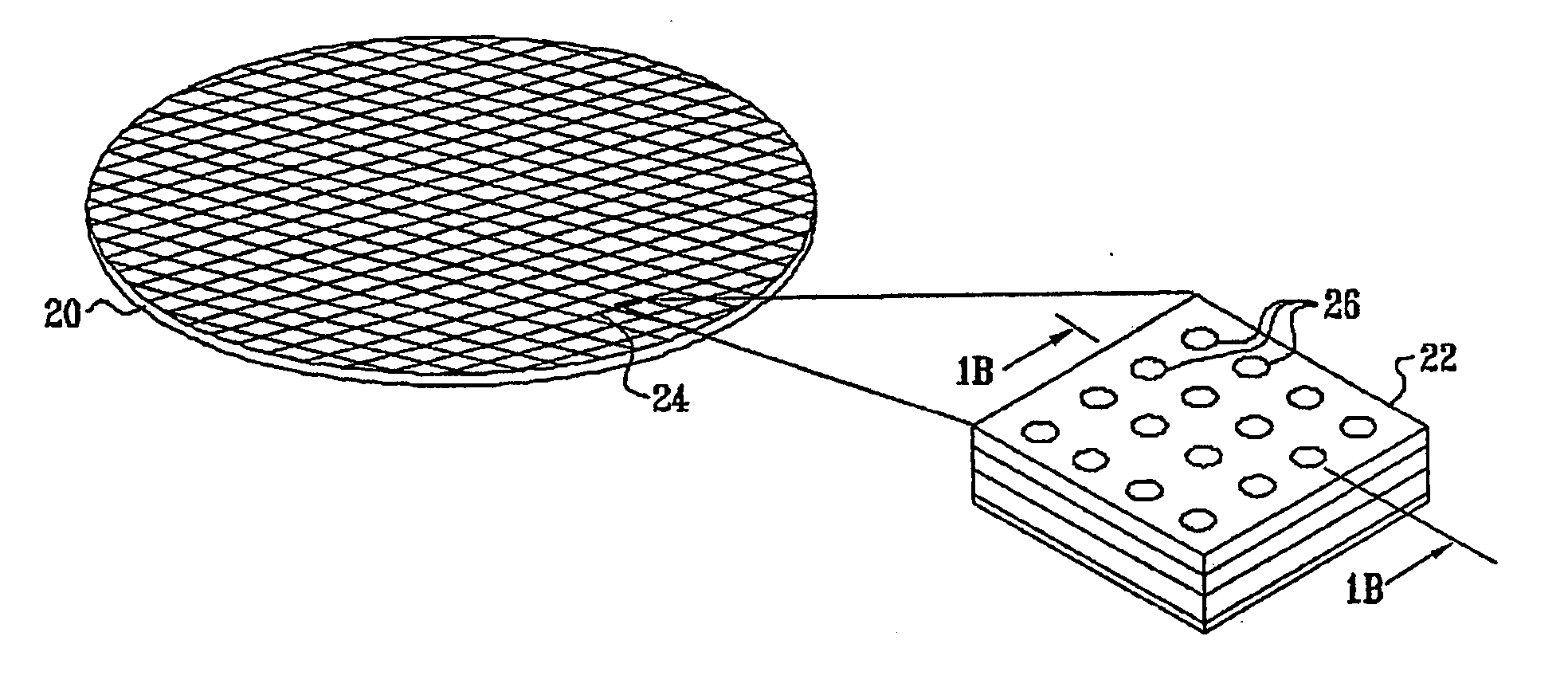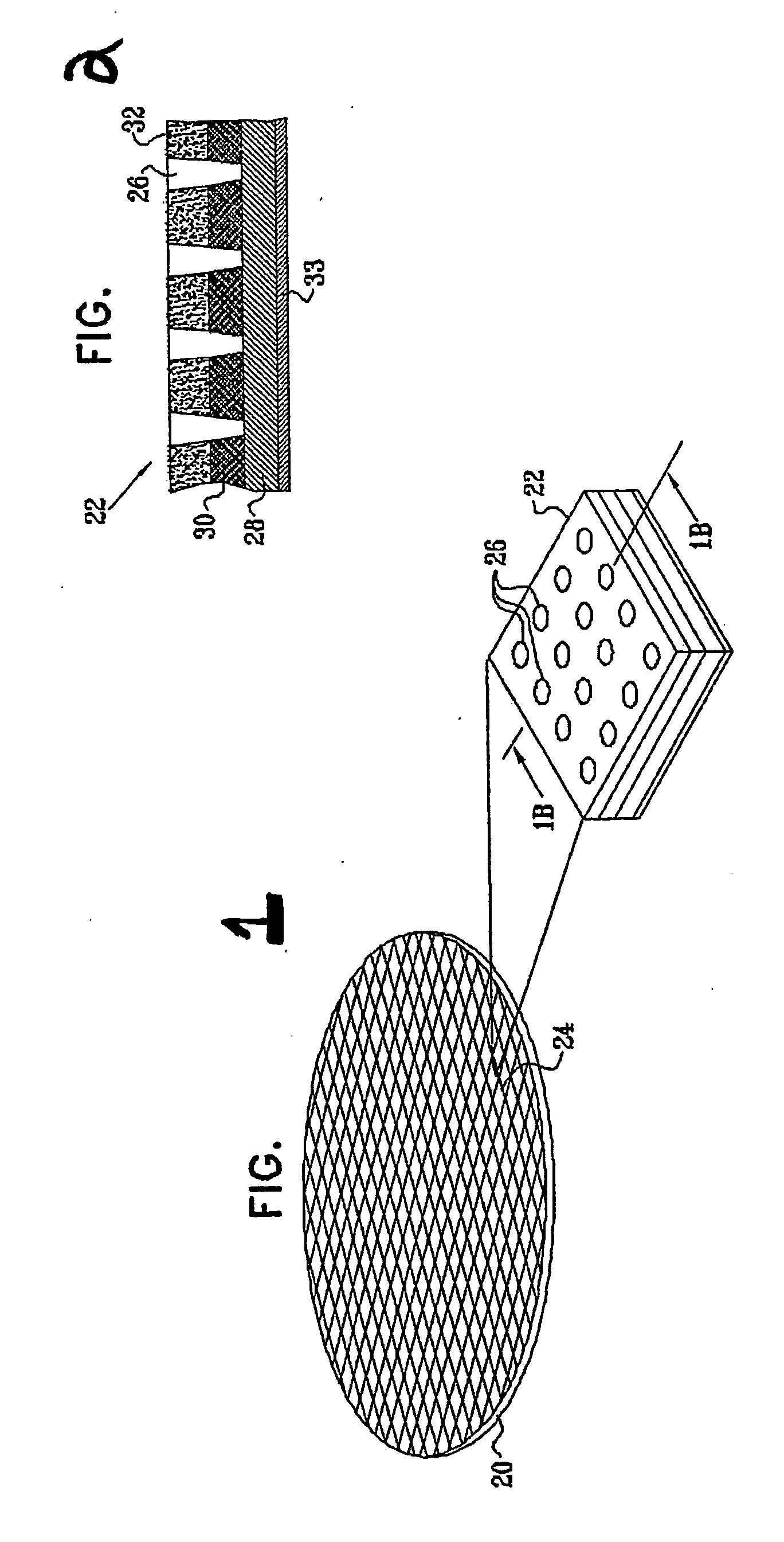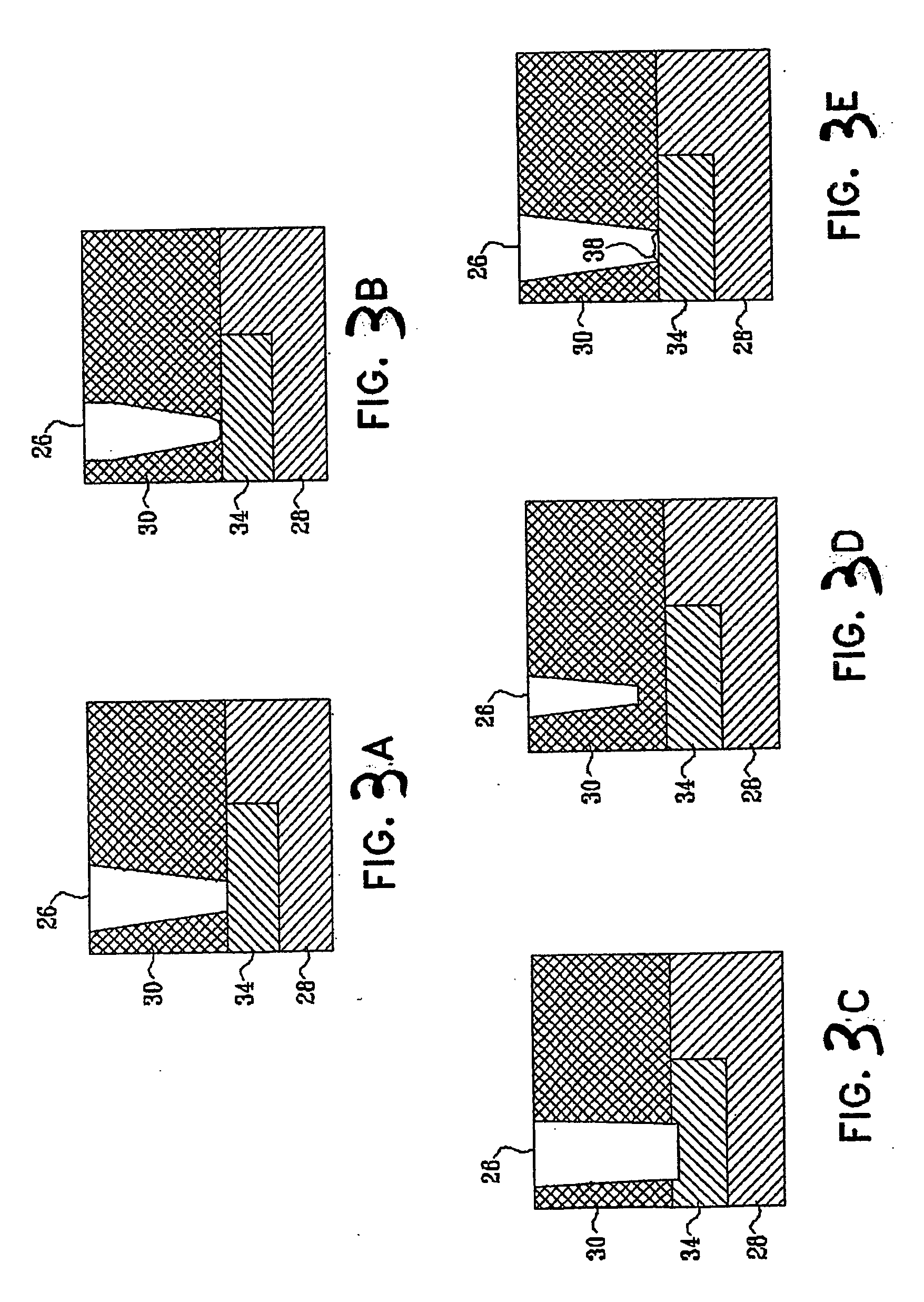High current electron beam inspection
- Summary
- Abstract
- Description
- Claims
- Application Information
AI Technical Summary
Benefits of technology
Problems solved by technology
Method used
Image
Examples
first embodiment
[0055] Various embodiments of the inventions were simulated by the inventors. The first embodiment includes a LaB6 electron source 102. Said electron source 102, as well as other parts of electron gun 46′ are illustrated in FIG. 7. The LaB6 electron source can (L be replaced by an equivalent electron source (such as other thermo-ionic sources) without departing from the scope of the invention.
[0056] Nevertheless, the inventors found that using an LaB6 electron source has various advantages. It provides a relatively high total current with reasonable source brightness as well as reasonable stability. Thermo-ionic cathodes have is a large source size that is limited to 10-20 μm. Thus, using these thermo-ionic sources requires an electron optical de-magnification of the source size to reach spot size of ˜5 μm in the image plane. The de-magnification can arise spherical and off-axis aberrations minimization issues.
[0057] Electron gun 46′ includes LaB6 electron source 102 that is follow...
second embodiment
[0062] A second embodiment includes a Schottky electron source 102″. Said electron source 102″, as well as other parts of electron gun 46″ are illustrated in FIG. 8.
[0063] Electron gun 46″ includes Schottky electron source 102″ that is followed by electrostatic condenser 124, very long magnetic objective lens 128, long magnetic deflectors 122 and orthogonalsing electrodes 126 as well as correction magnetic lens 128. The electrostatic condenser 124 is used as the first lens of the electron gun 46″ to decrease high aperture angle electrons emitted from electron source 102″. The very long magnetic objective lens 128 is used to prevent off-axis shift of the electron beam. The electrons from electron source 102″ are typically extracted to a rather high energy of about 5 keV. This is lower then the energy of electrons of the first embodiment that can be accelerated to energies that exceed 10 keV.
[0064] The Electrostatic (magnetic) condenser 124 is operabvle to de-magnify aperture angle t...
third embodiment
[0067] an electron gun 46″ is a modification of a low current high resolution electron gun device. Said embodiment is illustrated in FIG. 9. The Schottky electron source 102′″ is followed by electrostatic condenser 124, a first magnetic objective lens 134, and electrostatic and magnetic lens arrangement 136 that includes a magnetic lens as well as a retarding immersion electrostatic lens. The modification included removal of various beam limiting apertures for utilizing electrons emitted at a large range of angles (in respect to the optical axis) as well as the introduction of various components such as the condenser 124.
[0068] The spot size is limited by spherical aberration, as it was seen for previous embodiments. A beam blur of about 14.1 μm was achieved for an aperture semi-angle in the object plane of 65 mrad. A electron source of an angular intensity of 0.5-1 mA / strad a current of about 6.6-13.3 μA is achieved. This current level is lower than achieved by a previously mentio...
PUM
 Login to View More
Login to View More Abstract
Description
Claims
Application Information
 Login to View More
Login to View More - R&D
- Intellectual Property
- Life Sciences
- Materials
- Tech Scout
- Unparalleled Data Quality
- Higher Quality Content
- 60% Fewer Hallucinations
Browse by: Latest US Patents, China's latest patents, Technical Efficacy Thesaurus, Application Domain, Technology Topic, Popular Technical Reports.
© 2025 PatSnap. All rights reserved.Legal|Privacy policy|Modern Slavery Act Transparency Statement|Sitemap|About US| Contact US: help@patsnap.com



